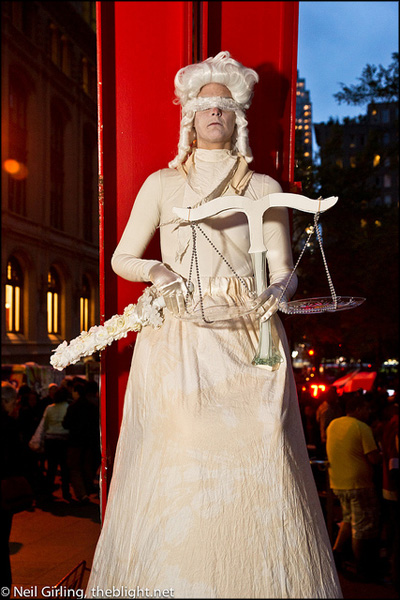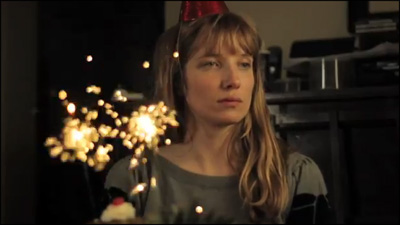The Friday Afternoon Movie: The Last Man On Earth
This week the FAM continues its Vincent Price-a-thon (Did we mention, this is a Vincent Price-a-thon? No? Well, it is.) with 1964’s The Last Man on Earth, directed by Ubaldo Ragona and Sidney Salkow. It is based on Richard Matheson’s classic novella I Am Legend which would later be bastardized into 1971’s The Omega Man with Charlton Heston, the 2007, Will Smith shit-fest I Am Legend as well as I Am Omega, the “Mockbuster” of that same year distributed by straight to video empire The Asylum.
The Last Man On Earth has two distinct advantages over these efforts. The first is that the script was partially written by Matheson himself and, as such, it most closely follows his original story. In the end, though, he was not particularly pleased with the effort and had himself credited as “Logan Swanson” (a combination of the maiden names of his mother and the mother of his wife):
I was disappointed in The Last Man on Earth, even though they more or less followed my story. I think Vincent Price, whom I love in every one of his pictures that I wrote, was miscast. I also felt the direction was kind of poor. I just didn’t care for it.
The second is, of course, Vincent Price, because everything is automatically made a bit better when he’s around. That said, I would agree with Matheson’s take that Price is a bit miscast here. He’s not the hero type, at least not in the way that the story requires Richard Neville (Morgan here) to be. His interactions with the hordes of undead outside the confines of his house, then, are usually pretty laughable, including scenes of Morgan going about his business of staking vampires while they sleep, in which Price halfheartedly waves a hammer around to pantomime the act of driving a stake into a body. I can’t help but wonder if this may have been a part of the reason why Richard was rewritten as a milquetoast scientist from the blue-collar factory worker in the story. That said, I still find his performance to have some great strengths, most obviously his ability to bring Morgan’s internal monologues to life. Price manages to instill these voice-overs with a palpable sense of sadness and desperation which is good because, much as I adore the book, it is mostly a story about a man talking to himself. This may be why Hollywood has shied away from doing a straight adaptation.
The differences here are fairly minimal, with one exception. The vampires here are shuffling, wrecks, whereas in the book they were agile and fast. This change would seem to have little impact, though it did make an impression on one George A. Romero, who would acknowledge the impact of both the film and the novella on his Night of the Living Dead. Other changes include, Richard’s last name and pre-apocalypse occupation (as previously mentioned) as well as the specifics of his interactions with the woman Ruth and the dog. The largest change, of course, is that of the title and, subsequently, its use in the final line of the story. I Am Legend very much elevates itself with that last line and, though The Last Man on Earth makes an effort, it cannot match Matheson’s twist. Regardless of any shortcomings, however, it’s worth giving The Last Man on Earth a look. It’s a solid film, starring one of the great horror masters and a worthy entry in the history of end of the world cinema.














